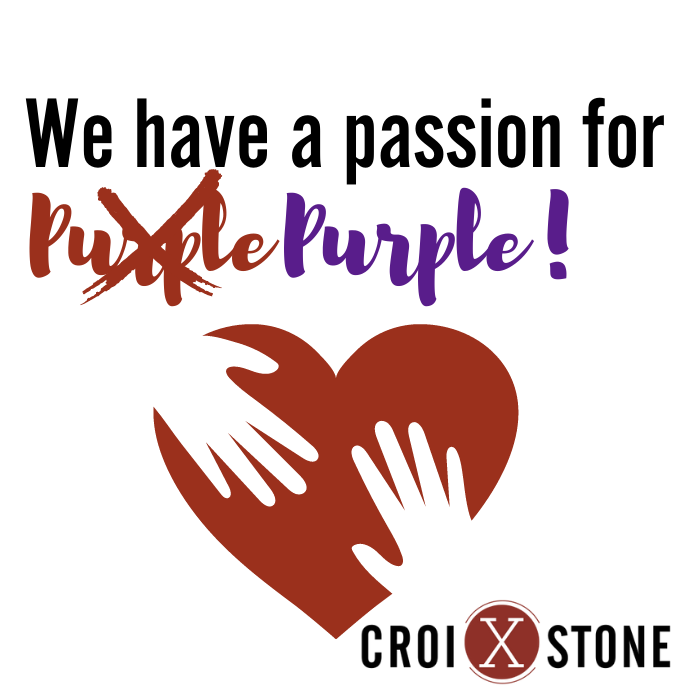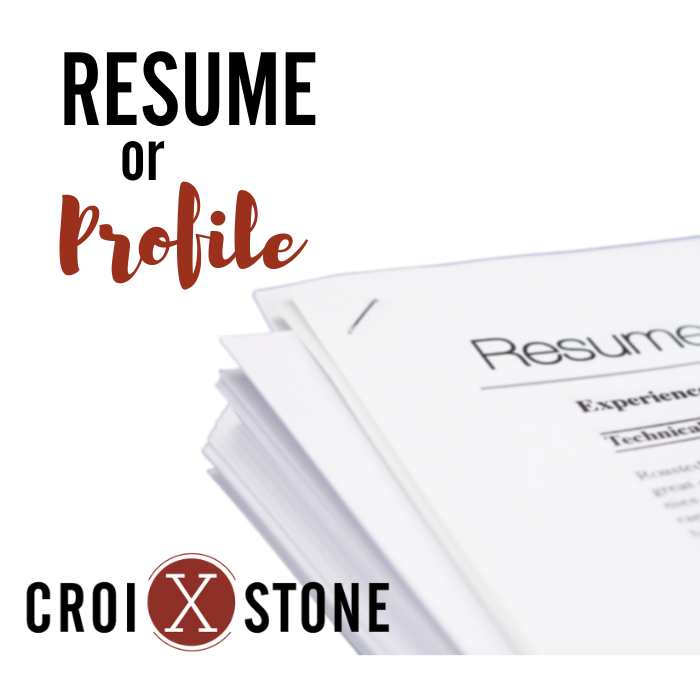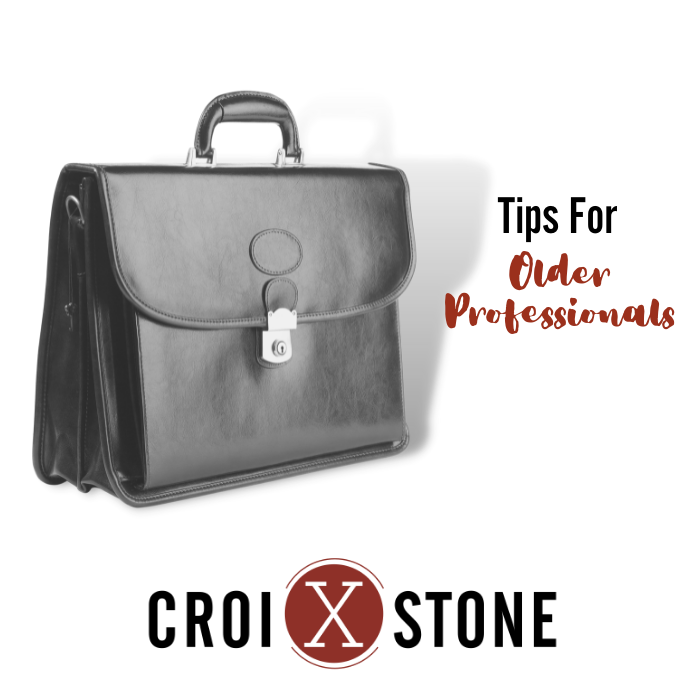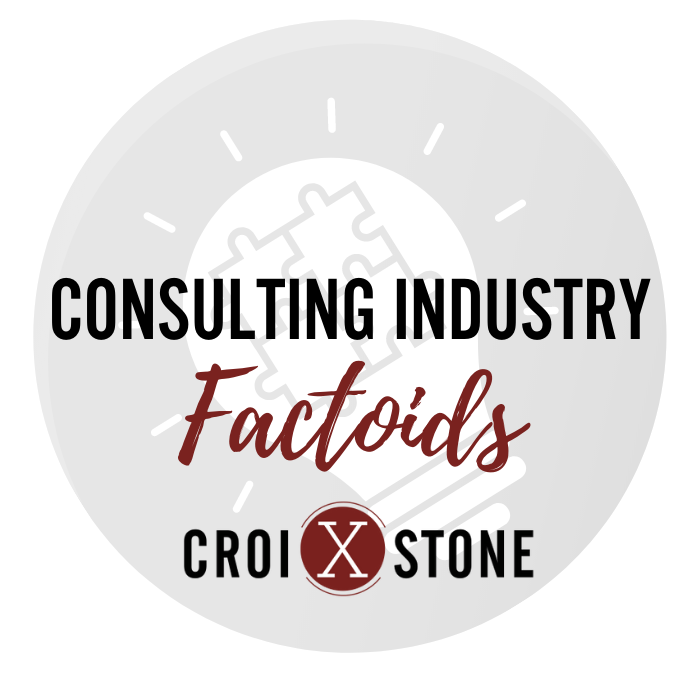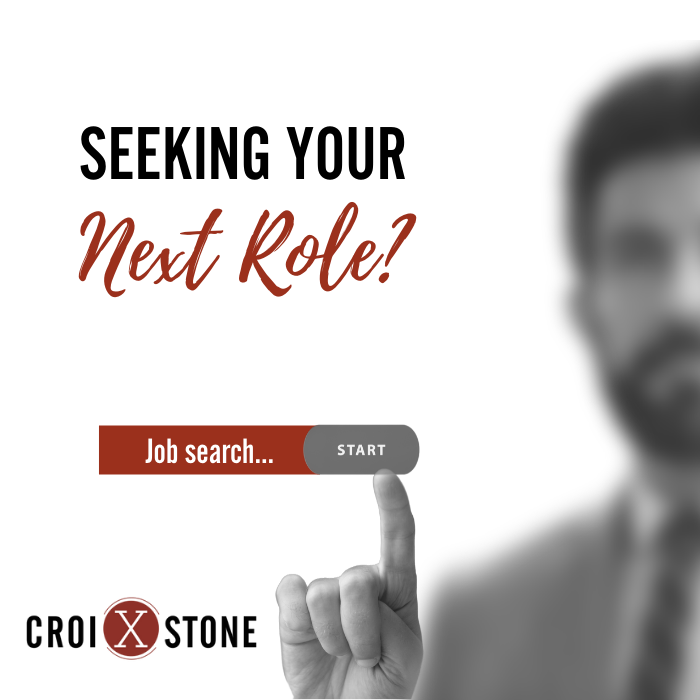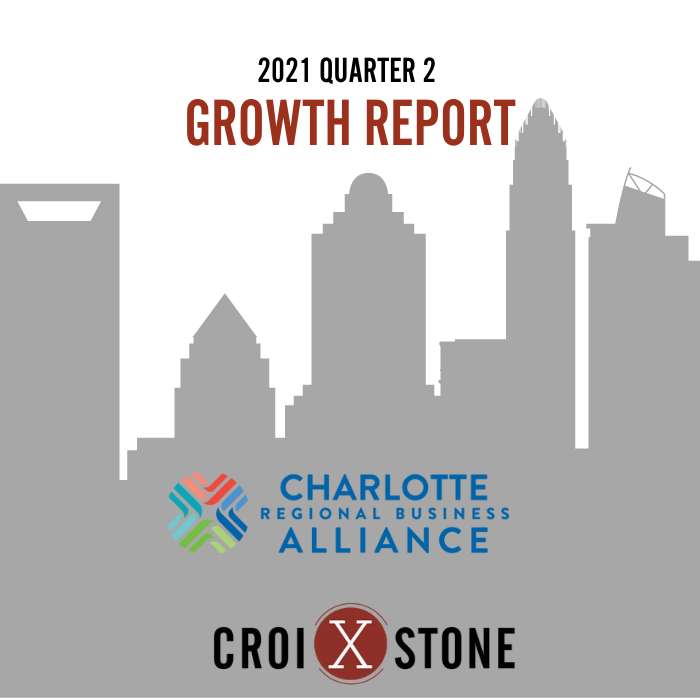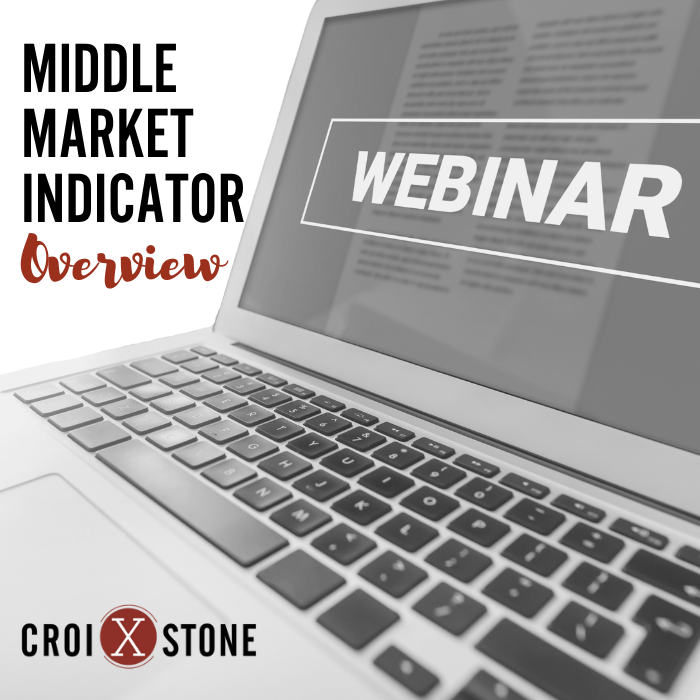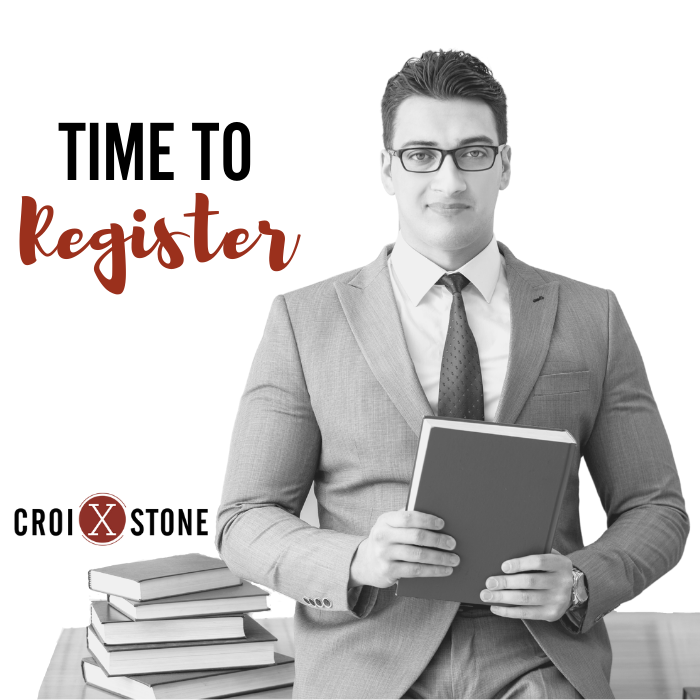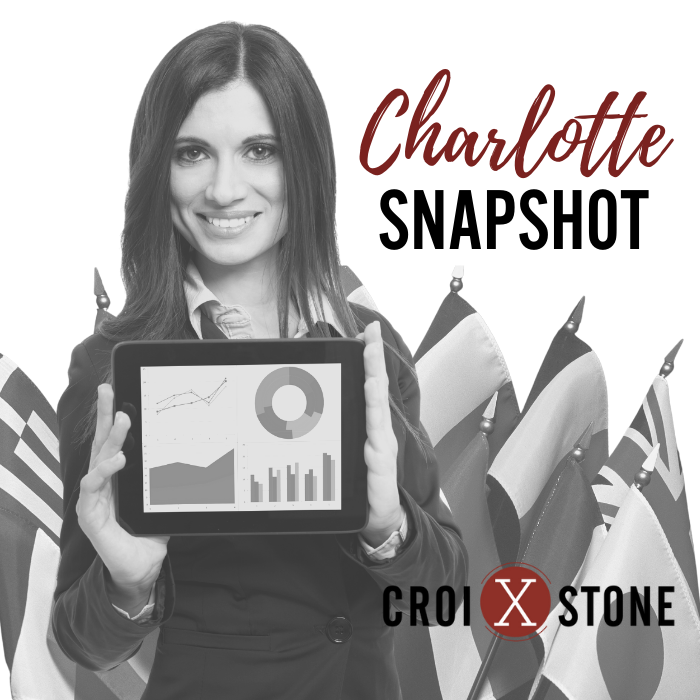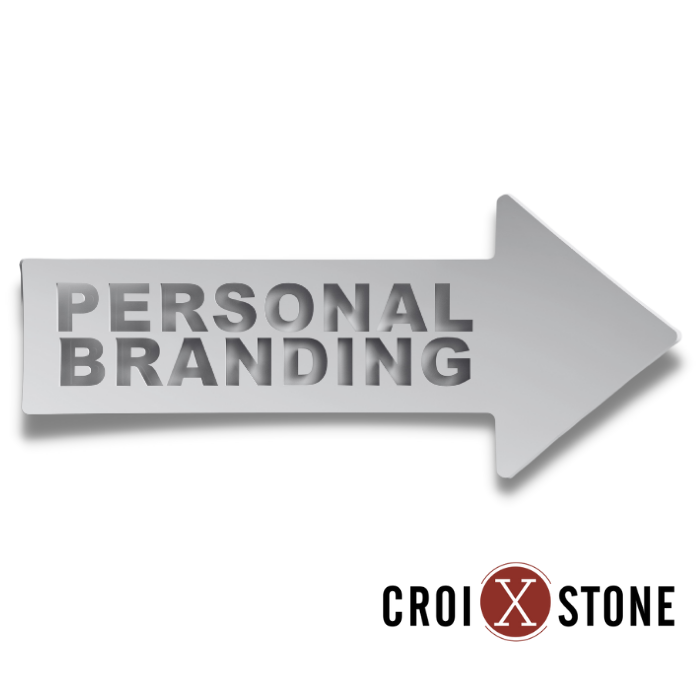We Have a Passion for Purple!
In addition to sharing a mutual passion for consulting, our three senior leaders (Patti Weber, Grace Lynch, and Mark Weber) are known for their passion for creating awareness for pancreatic cancer.
Purple is the official color that represents pancreatic cancer, and the trio is known across the greater Charlotte region and beyond for their long-term advocacy for the the disease. In fact, their passion runs so deep that Patti, Grace, and Mark launched the nonprofit Charlotte Pancreatic Cancer Alliance community group last year to amplify their voices.
Shortly after forming the group, the trio wasted no time in joining the World Pancreatic Cancer Coalition, a consortium of nearly 100 advocacy groups from 33 countries on 6 continents.
The World Pancreatic Cancer Coalition spotlighted the work of Patti, Grace and Mark in the October 2021 issue of its global newsletter. Learn more here.

